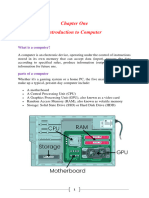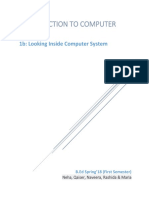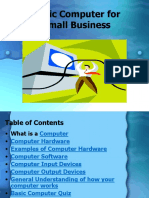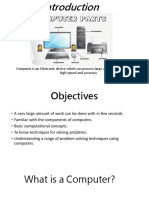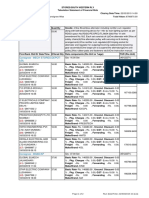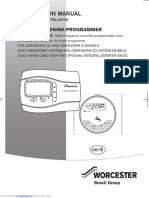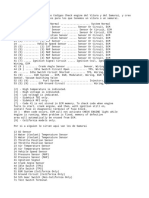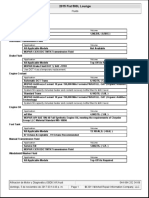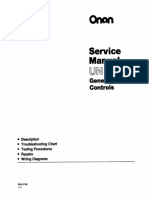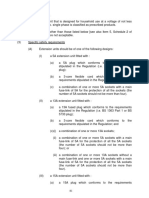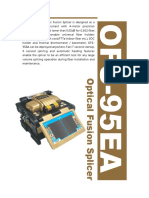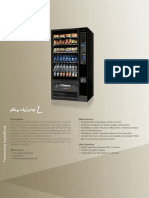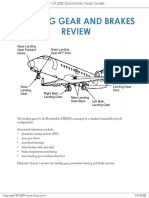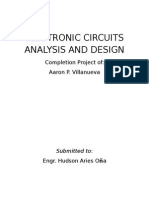0% found this document useful (0 votes)
47 views11 pagesIntroduction To Computer
You Can Easily Understand The Uses And The Function Of Computers
Uploaded by
subikshanarun10Copyright
© © All Rights Reserved
We take content rights seriously. If you suspect this is your content, claim it here.
Available Formats
Download as PDF, TXT or read online on Scribd
0% found this document useful (0 votes)
47 views11 pagesIntroduction To Computer
You Can Easily Understand The Uses And The Function Of Computers
Uploaded by
subikshanarun10Copyright
© © All Rights Reserved
We take content rights seriously. If you suspect this is your content, claim it here.
Available Formats
Download as PDF, TXT or read online on Scribd
/ 11

















